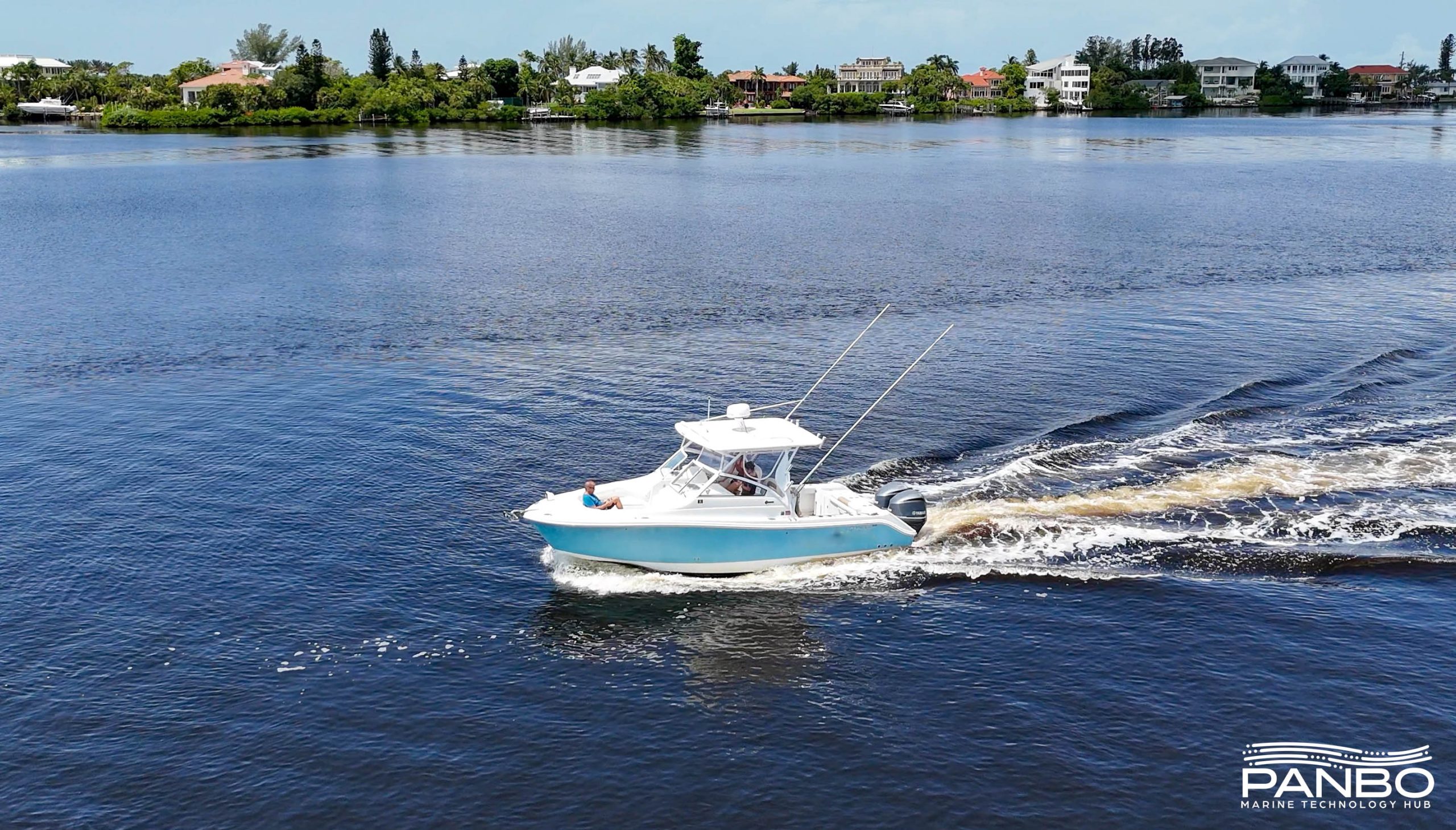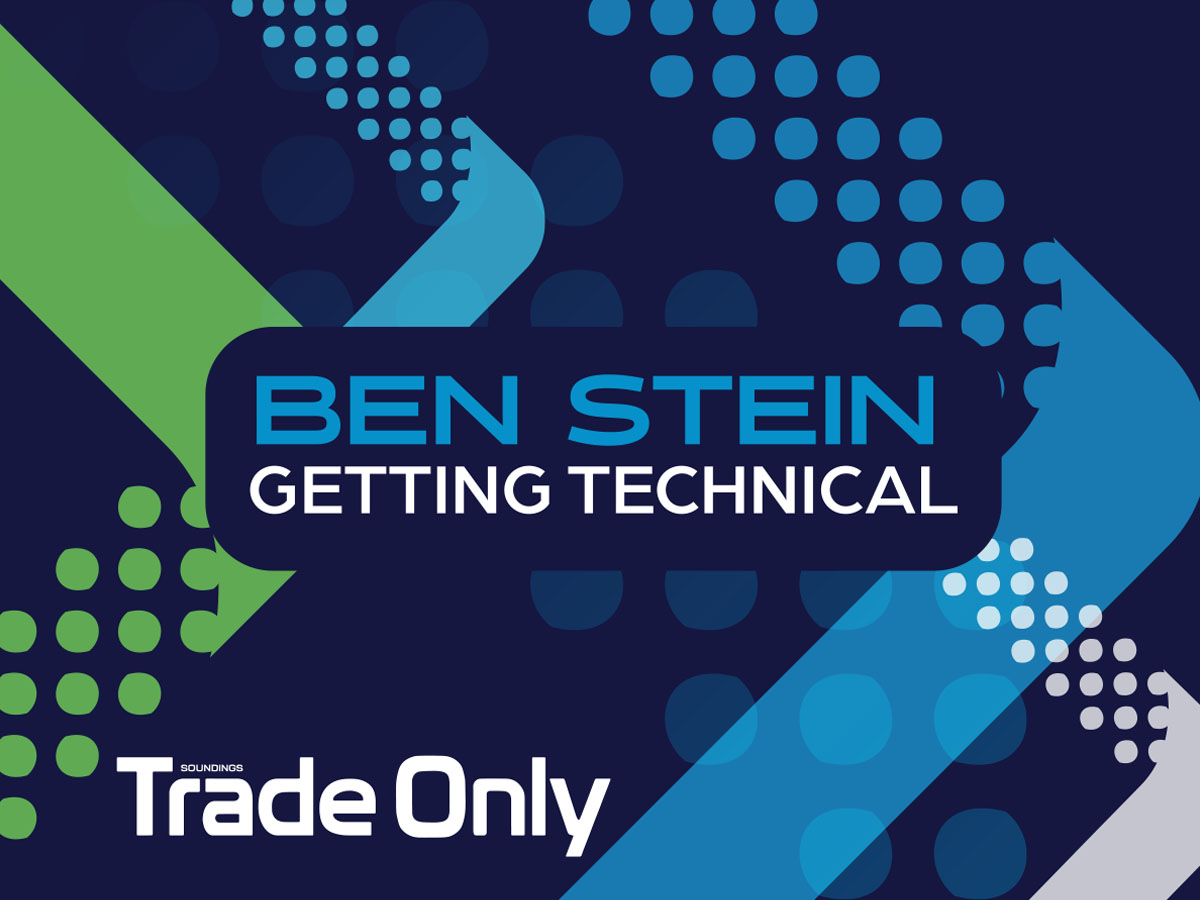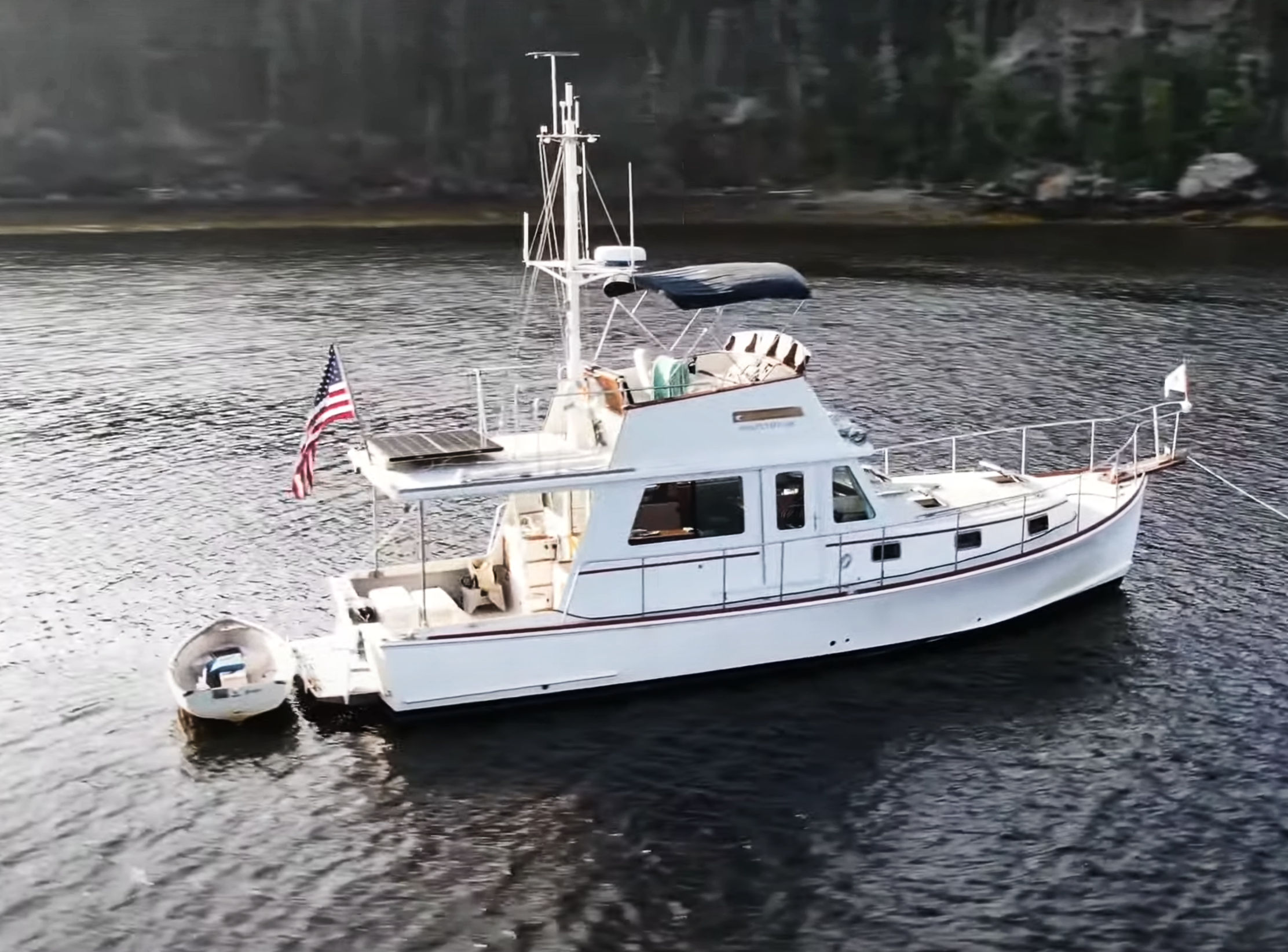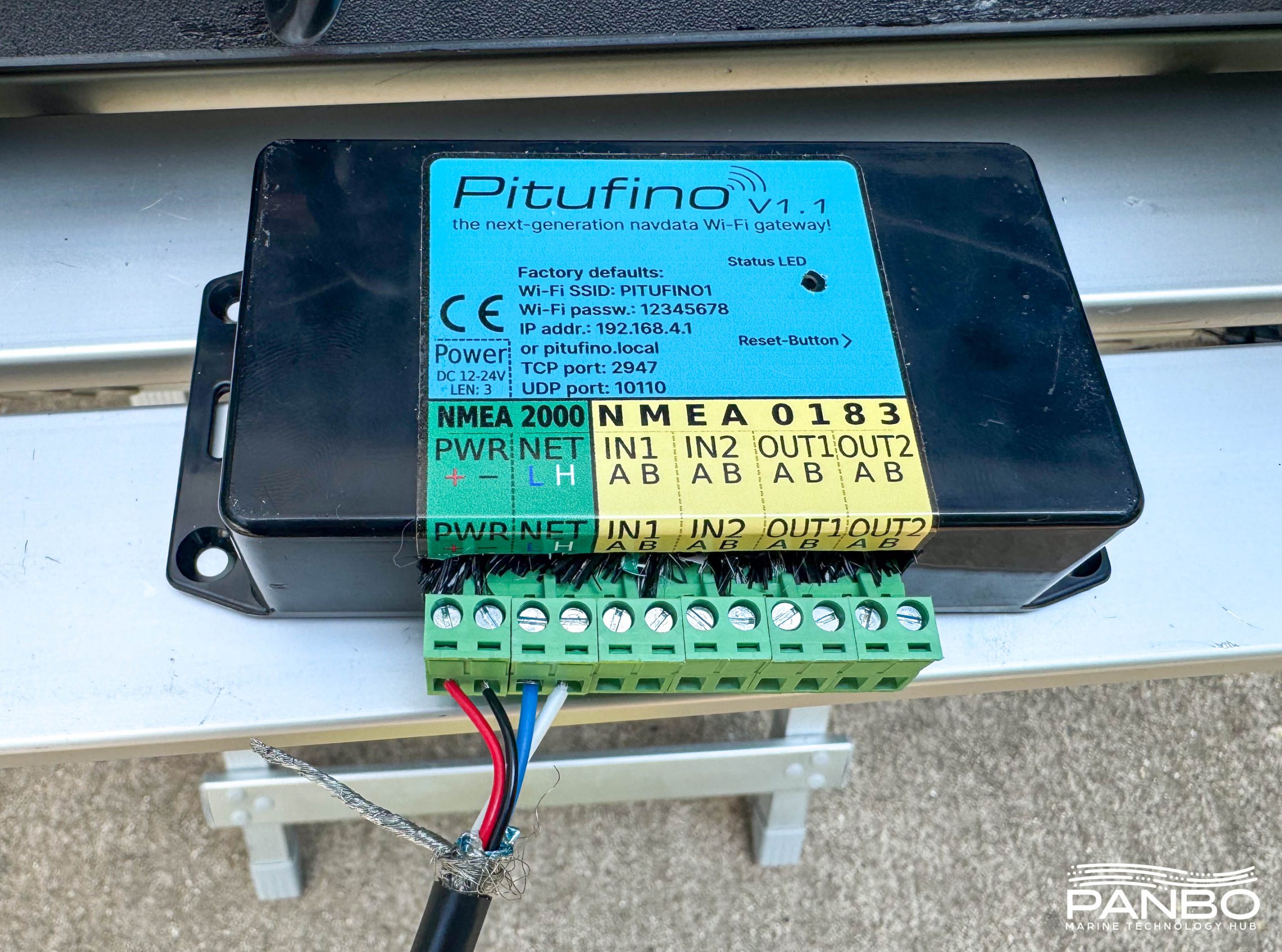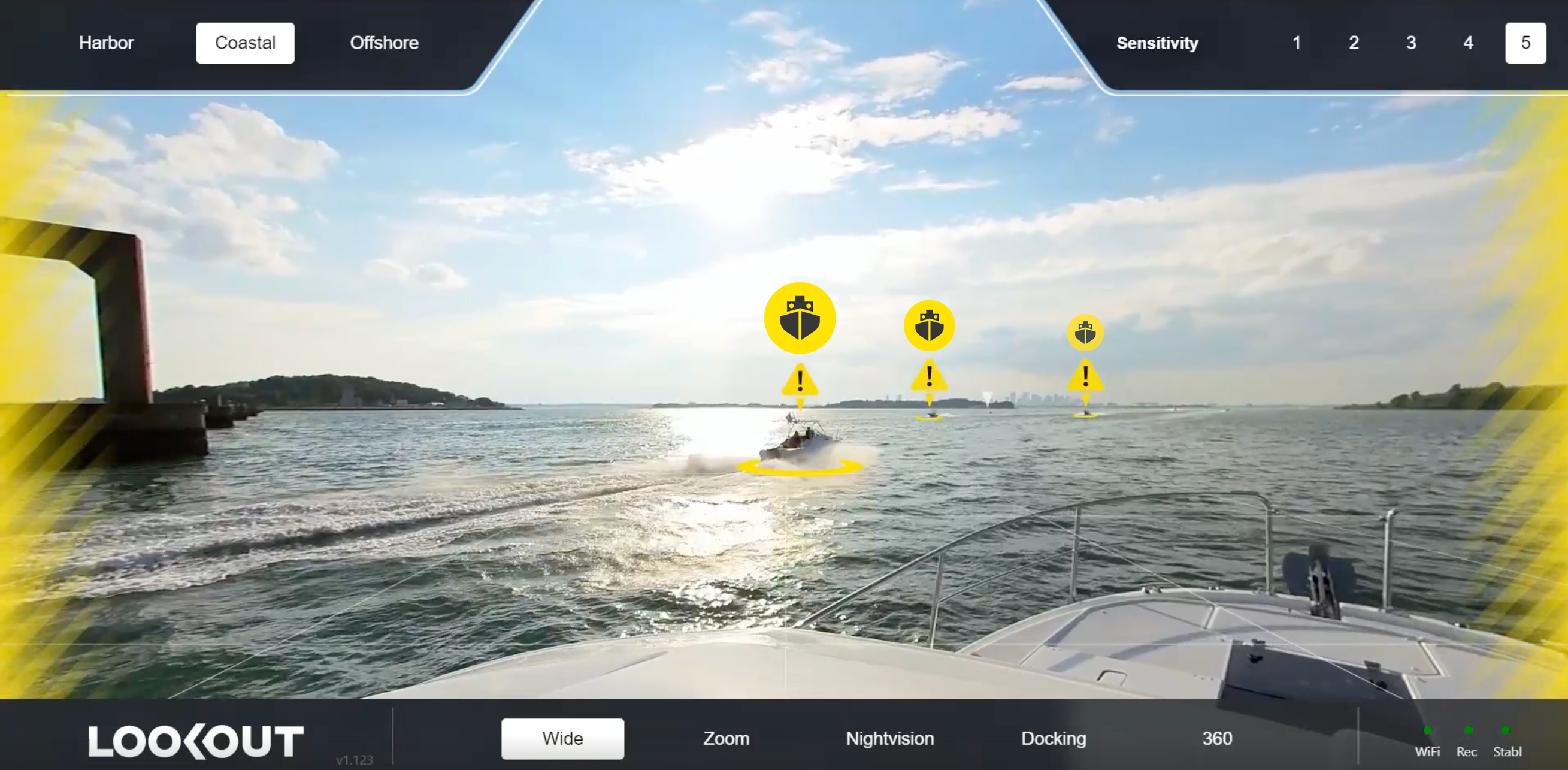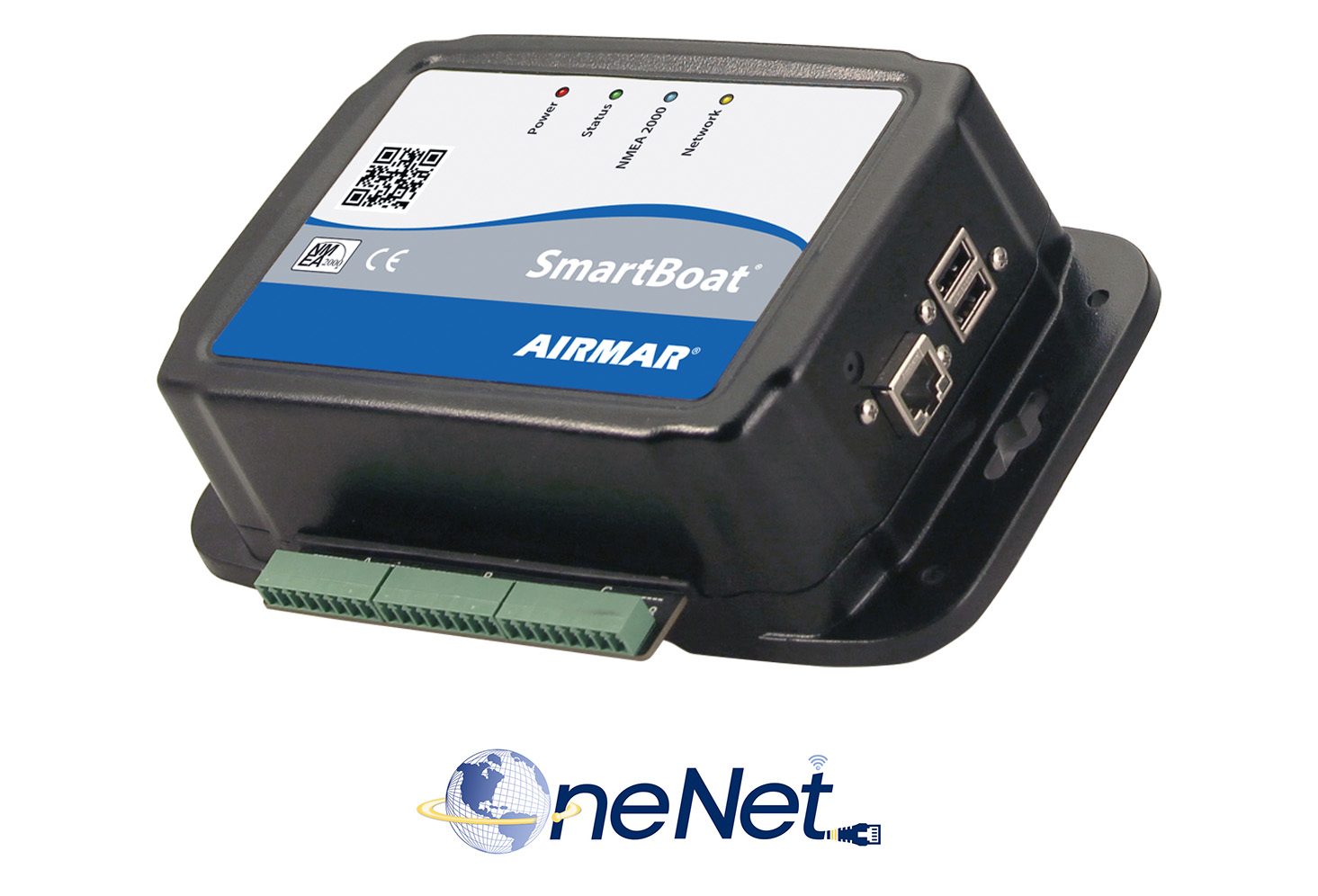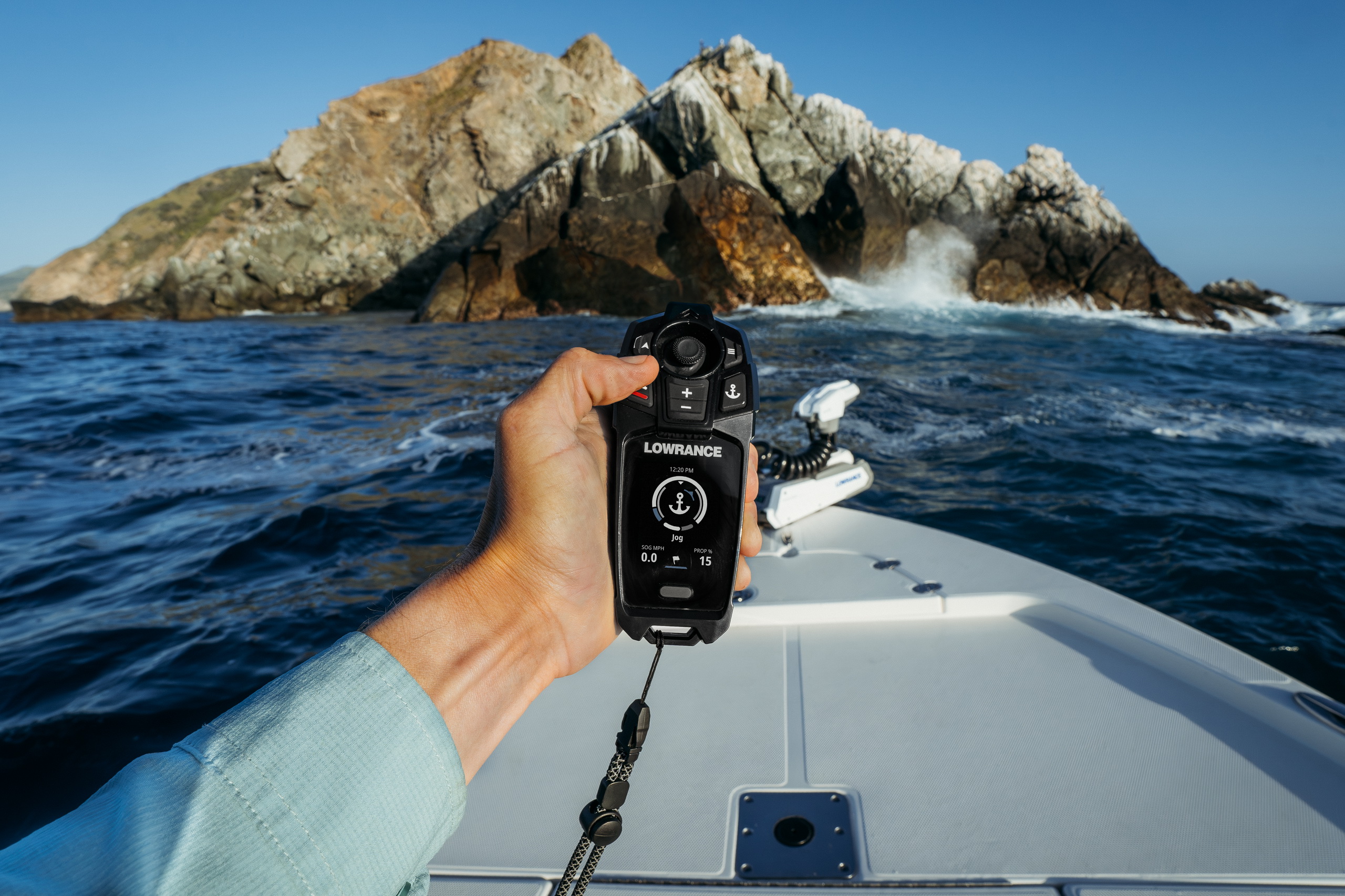Dock your boat with confidence using the all-new Garmin GC 245 and GC 255 marine cameras
High-definition cameras built for Garmin chartplotters can provide distance markers and guidance lines to enhance situational awareness when docking in tight quarters OLATHE, Kansas – Garmin, the world’s most innovative and recognized marine electronics...



